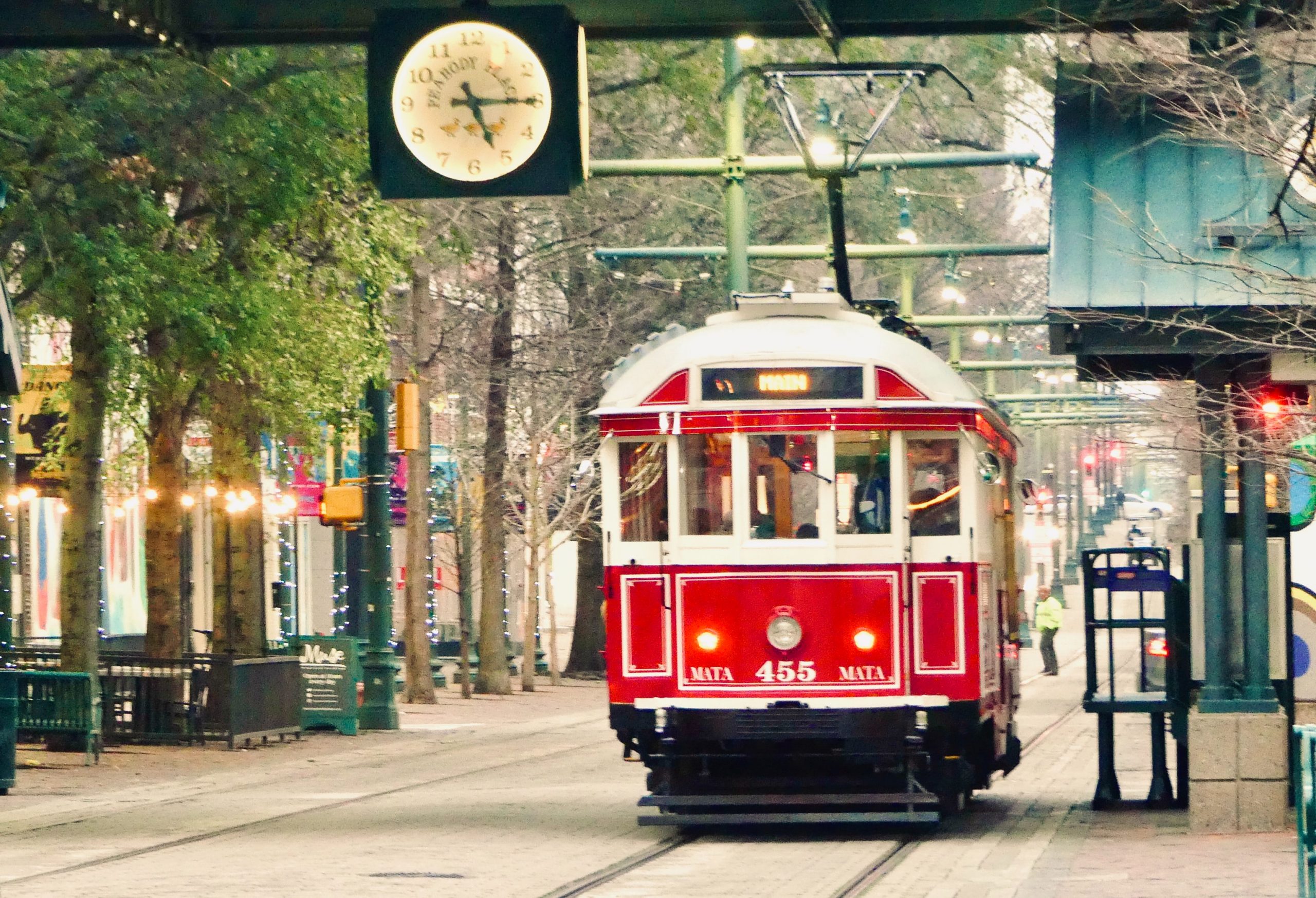The “golden years” after age 55 can leave something to be desired for Memphians who feel
trapped, instead of comfortable, because of transportation barriers.
While public transportation is just one part of the issue, some senior citizens face mobility
challenges that make it challenging to move around without help. This can rule out their ability to
safely drive a car, too. Others cannot freely travel, especially distances of any real length,
without accounting for their health or movement needs. The goal of “aging in place,” which sees
seniors grow old and live out their life in their own homes, can only be realized through
accessible programming that lends itself to supporting those with mobility struggles.
Lower socioeconomic status or means, as well as factors like systemic racism, bear down even
harder on many seniors. Poverty rates for Memphians over 60 exceed the state, national and
even regional averages. Among Black Memphians, the figure of senior poverty is just under
18%, almost twice the figure for white adults over 60.
The concentric circles of impact for senior poverty are extensive. They include access gaps in
preventative healthcare, nutritional deficiencies, and mental health challenges compounded by
stress and uncertainty. All of these are tightly interwoven, and both a symptom and cause of
senior poverty are transportation issues.
Indeed, a widely-cited study suggested that not only was a lack of transportation among seniors
a leading causal factor in poor health, this factor cut harshly across racial and income lines. Its
analysis of cancer patients, for instance, showed that while 38% of white adults cited poor
access to a vehicle as a barrier that could result in missing a cancer treatment, the same figure
was 55% for Black adults and 60% for Hispanic adults sampled.
Both figuratively and literally, family members, nonprofit organizations and their allies have all
struggled with the question of how to keep Memphis seniors moving. There are a few places to
begin, both in our own lives, and within the community at large.
Without question, part of the problem is that as much as seniors’ families want to get involved –
and actually did step in during COVID-19 – work and immediate family obligations mean they
cannot take seniors to doctor appointments or other needs. If you’re a neighbor or friend, our
first line of advice would be to consider how you can be there for someone who needs you, and
act as a transportation resource.
Second, because seniors’ movement is about independence and agency at its heart, it is
important to emphasize it in all forms at the micro level. Put another way, if you’re at the stage
when you’re choosing a nursing home or long-term care facility with your senior family member,
what protocols exist at those homes for exercise and wellness, as well as transporting them out
of the facility and around town?
Third, continuing to participate in discussions about making transportation more affordable is yet
another step. One of the biggest travel barriers is simple to explain, but tough to tackle. Cost is
a leading reason why some seniors who otherwise could drive do not own a car. It is also what
prevents them from regularly using rideshare services – plus the fact that if they have a mobility
challenge, an Uber driver cannot always assist them. Advocacy will need to continue at the city
and state levels, drawing on the work that is already being done and seeing where it can be built
up further.
Fourth, get to know organizations in the community that are helping. Rides to Wellness, through
Innovate Memphis, is one. But our work would simply not be possible without partners like those
at MATA, the Memphis Crisis Center, and the Metropolitan Inter-Faith Association. Their
progress on senior issues, in turn, is supported and informed by others, including Church Health
and Christ Community Health Centers, the Memphis Center for Independent Living, the state’s
Aging Commission, and many more. To know is to understand, and to understand is to feed
back to these organizations what you’re seeing. This can help generate even more brainwaves
about how both the public sector and nonprofits can provide the best possible support.
There is a clear irony in the fact that ages and stages of life that should be the most free are
instead some of the most restricted. There is a clear need for a push in this area, an energy that
all of us will need to help generate.

